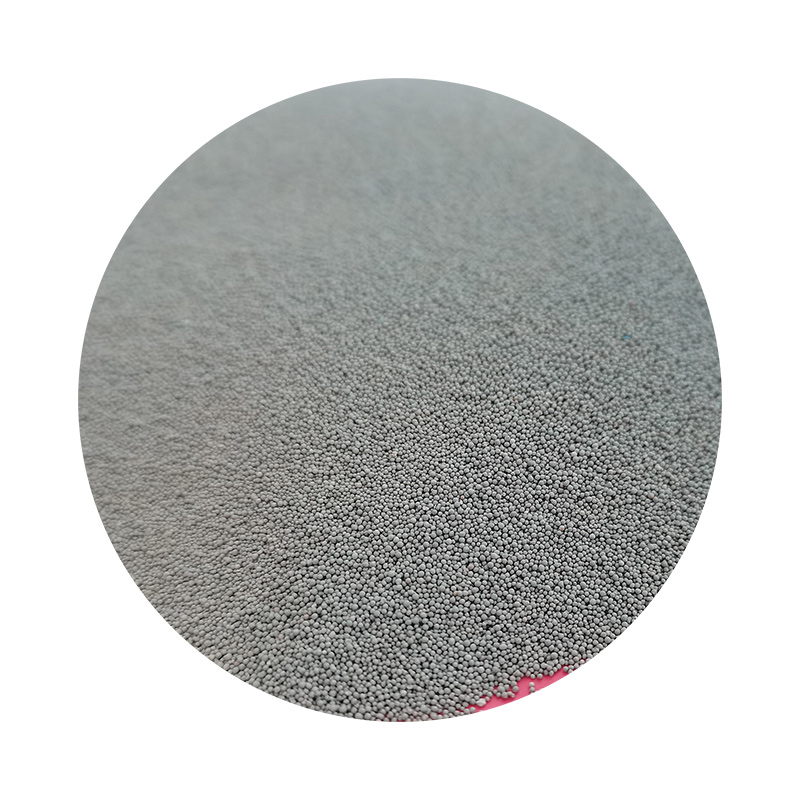Sand Casting An Essential Manufacturing Process
Sand casting, one of the oldest and most versatile methods of metal casting, plays a crucial role in a wide range of manufacturing and industrial applications. This technique involves creating a mold from sand, into which molten metal is poured to produce a desired shape. Despite the advent of advanced technologies in manufacturing, sand casting remains popular due to its cost-effectiveness, adaptability, and ability to create complex geometries.
The Process
The sand casting process begins with the creation of a mold from a mixture of sand, clay, and water, which collectively provide the necessary binding properties. There are two main types of molds used in sand casting green sand molds, which are moist and offer good flexibility, and dry sand molds, which are baked to achieve strength and durability. The choice between these mold types often depends on the specific requirements of the casting process.
Once the mold is prepared, a pattern representing the desired object is placed into the sand. The space left by the pattern forms the cavity into which the molten metal will be poured. The next step involves preparing the metal, typically an alloy like aluminum, cast iron, or bronze, to a temperature that allows it to flow freely. Once melted, the metal is poured into the mold and allowed to cool and solidify.
After cooling, the mold is broken away to reveal the cast metal object. This method allows for high levels of intricacy and the production of parts with complex shapes, making it suitable for a diverse array of applications.
Applications
Sand casting is used in various industries, demonstrating its versatility and efficacy
. Here are some of the prominent applications1. Automotive Industry Sand casting is extensively utilized in the automotive sector for producing engine blocks, cylinder heads, and other complex components. These parts often require precise designs and robust mechanical properties, which sand casting can provide efficiently.
2. Aerospace The aerospace industry demands high-quality components that meet stringent safety regulations. Sand casting is employed to manufacture critical parts such as brackets, housings, and other structural components, often from lightweight materials like aluminum alloys.
sand casting uses

3. Construction In the construction industry, sand casting is used to produce a variety of architectural features and structural components. Items like pipes, fittings, and decorative elements are often made using this method, which allows for substantial customization.
4. Art and Sculpture Sand casting is not purely industrial; it is also an art form. Artists and sculptors utilize sand casting techniques to create unique sculptures and art objects that require intricate detailing and a personal touch.
5. Marine Applications Due to its resistance to corrosion, sand casting is suited for marine applications, such as manufacturing parts for ships, boats, and other watercraft. Components like propellers and hull fittings are commonly produced using this method.
Advantages of Sand Casting
One of the most significant advantages of sand casting is its cost-effectiveness. The materials required for sand molds are relatively inexpensive, and the process can be scaled up or down depending on production needs. Additionally, sand casting is highly adaptable, making it suitable for both low-volume and high-volume production runs.
The technique also allows for the use of various metals, making it a flexible choice for many manufacturers. Moreover, it can accommodate large parts that other casting methods may struggle to handle due to size limitations.
Challenges
Despite its advantages, sand casting does come with challenges. The surface finish of cast parts may not be as smooth as other casting methods, necessitating additional finishing processes. Additionally, achieving tight tolerances can be harder in sand casting compared to techniques like investment casting.
Conclusion
In conclusion, sand casting is a vital manufacturing process that has stood the test of time. Its applications span numerous industries, from automotive to aerospace, and even the arts. While it may have some limitations, the advantages of cost-effectiveness, versatility, and the ability to produce complex geometries make sand casting an indispensable technique in modern manufacturing. As industries evolve and new materials are developed, sand casting will undoubtedly adapt, continuing to play an essential role in producing the components necessary for technological advancement.
Post time:Նյմ . 05, 2024 01:51
Next:rapid sand casting
